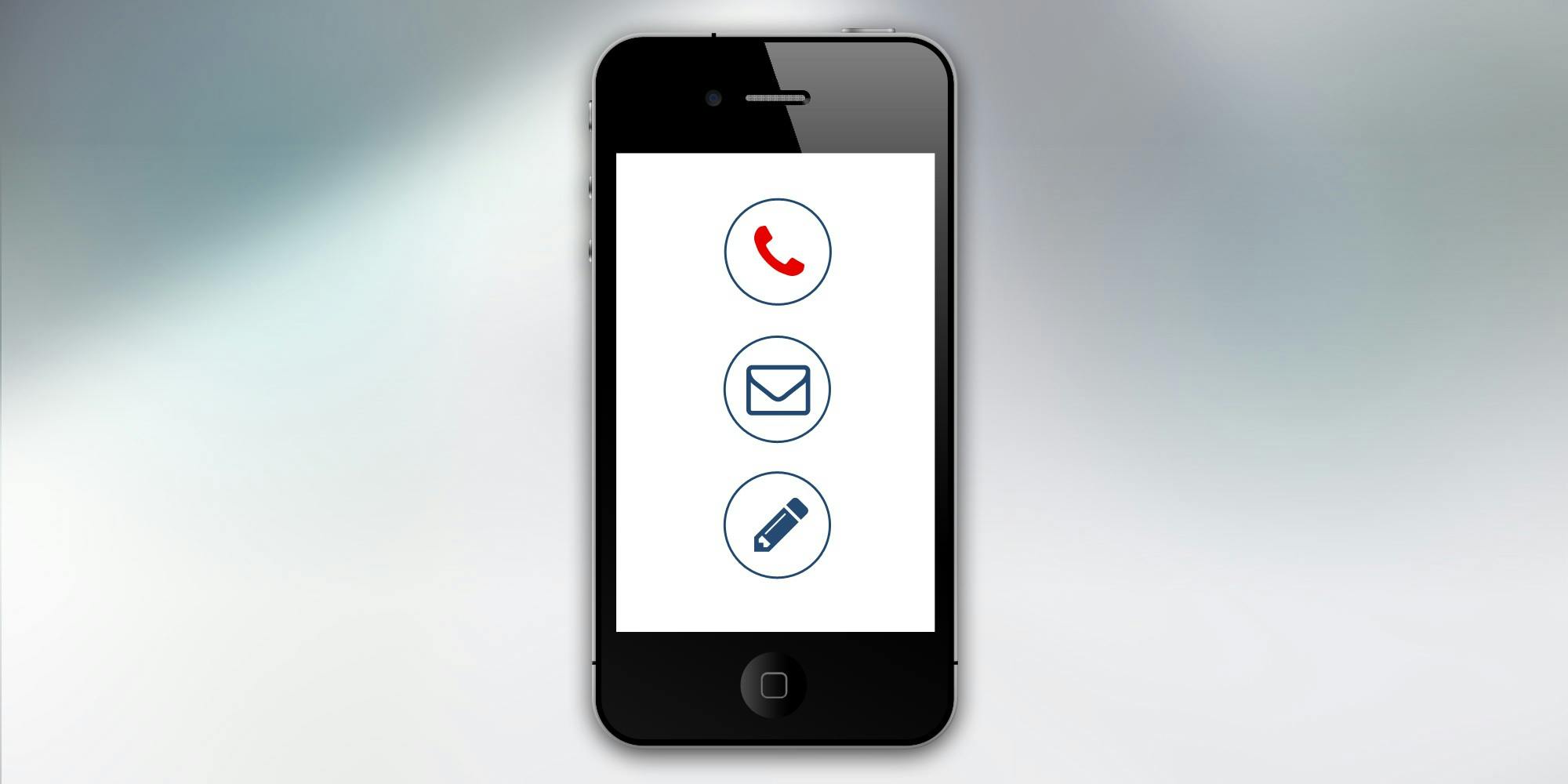In times of crisis, brands face their true test—not just in managing the situation but in preserving the priceless trust and loyalty of their customers. Crisis communication via email is not merely a tool for damage control; it’s a lifeline to keep your audience informed, reassured, and connected when emotions run high and uncertainty prevails.
Think of your email as a beacon in a storm—steady, clear, and compassionate. Forbes highlights that transparently addressing issues in real-time reduces misinformation and builds credibility, an essential currency during a crisis. Your audience craves honesty more than polished messaging. They want to know you acknowledge the challenges and are actively working to resolve them, not just spin a narrative.
SHRM’s research further underscores the power of prompt, authentic communication in maintaining engagement. When employees or customers feel informed and valued, their loyalty strengthens even amid disruptions. This principle translates seamlessly into crisis email strategy: empathetic updates coupled with actionable steps foster a sense of partnership and control. Silence or vague statements often leave room for speculation, which damages trust.
 Gallup’s extensive study on engagement reveals that organizations demonstrating consistent trustworthiness and transparency during crises see higher long-term loyalty. Customers reward brands that communicate with clarity and empathy by remaining loyal advocates rather than switching allegiances. This trust becomes a brand’s armor, buffering the impact of the crisis and facilitating faster recovery.
Gallup’s extensive study on engagement reveals that organizations demonstrating consistent trustworthiness and transparency during crises see higher long-term loyalty. Customers reward brands that communicate with clarity and empathy by remaining loyal advocates rather than switching allegiances. This trust becomes a brand’s armor, buffering the impact of the crisis and facilitating faster recovery.
“In times of crisis, the most powerful communication is authentic and empathetic.” — Unknown
Practical Tips for Crisis Communication via Email:
Be Timely and Transparent: Release updates as soon as information is verified. Delays can fuel rumors and anxiety. For example, during the COVID-19 pandemic, companies that provided honest updates, even about unknowns, cultivated stronger trust.
Show Empathy: Recognize the emotions your audience may be experiencing—fear, frustration, or confusion. Use human tones that convey you see and care about their struggles beyond the business implications.
Provide Clear Actionable Information: What steps are you taking to address the crisis? What should recipients do to stay safe or informed? Clear guidance reduces confusion and empowers the audience, turning uncertainty into manageable action.
Maintain Regular Updates: Keep communication flowing on a consistent schedule, even if there’s no monumental news. This regularity reassures recipients that they haven’t been forgotten and that your brand remains transparent and engaged.
Use Segmentation: Not all audiences experience crises the same way. Tailor messages to customers, employees, partners, or stakeholders so that communication is relevant, respectful, and effective for each group.
Offer Support and Resources: Provide contact points for questions or concerns, FAQs, and links to helpful resources. Offering practical support shows your commitment goes beyond words.
“Trust is built with consistency.” — Lincoln Chafee
Integrating these principles into your email crisis communication plan turns your brand from a reactive entity into a trusted partner, fostering resilience and deepening loyalty. Crisis emails should be crafted not only to inform but to connect—creating emotional bridges when physical contact or reassurance is impossible.
Moreover, crisis communication via email offers a unique opportunity to demonstrate your values. How you communicate in difficult times reveals your organization’s character. Transparency, honesty, and empathy aren’t just communication tactics—they become the foundation of lasting relationships forged through shared challenges.
References
https://www.forbes.com/sites/edwardsegal/2025/07/29/what-ceos-need-to-plan-the-perfect-crisis-communications-strategy/

